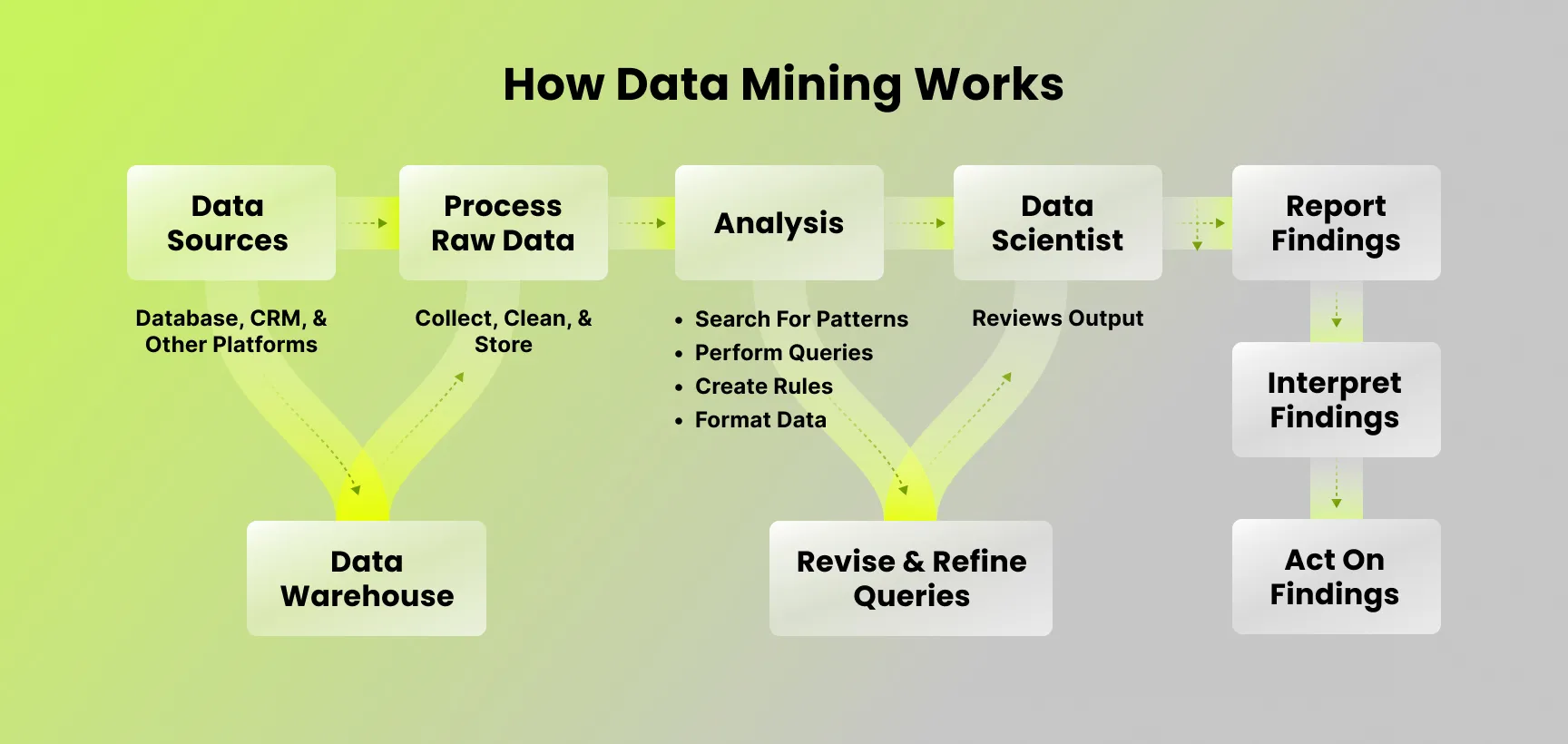Lack Of Customer Feedback
Without ongoing feedback loops, the risk of building the wrong product or requiring significant process changes increases, potentially leading to failure.
Rolling Out Without Fully Testing
Rushing from internal MVP to full market exposure poses high risks, including skipping valuable feedback and encountering performance issues that erode market confidence.
Choosing The Wrong Technology Partner
Choosing a development company that overlooks risk mitigation and customer validation can hinder market success. Understand your partner's strengths and align your go-to-market plan accordingly.







